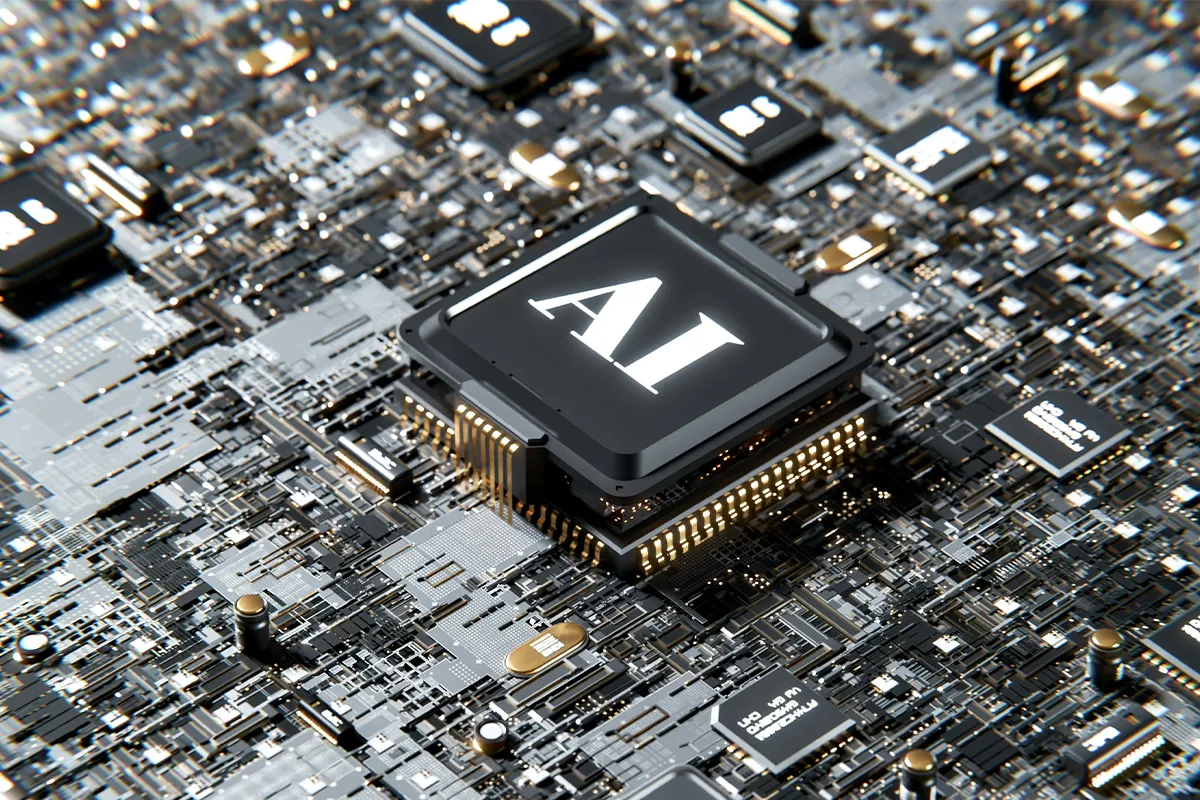Generative AI is becoming very popular in different fields of work. It helps people be more creative in a number of work fields. Be it automotive, home, gardening, or in every sphere of life. AI has made its footprints. We will look at how Generative AI is helpful in these jobs and also in marketing.
Generative AI in content creation
Generative AI lets writers, artists, and musicians use computers to help them make new things. For writers, AI helps write stories, translate languages and check grammar. Newsrooms can make more news with AI, and writers can spend time doing better research.
In design, AI makes pictures that are used a lot for selling things. These tools are very important for designers. AI helps them work faster and think of many designs before choosing one.
AI software makes songs and sounds easier for musicians to make. AI music is often used in video games and movies, which is good for software in the fun industry.
AI in business application
AI can make things very personal for marketing. Companies use AI to understand what customers like and make ads just for them. This makes customers more interested and can make more money for companies. Creating ads with automation makes marketing faster and cheaper. The advertising world needs this quick and personal touch. It can also bring more money, get new customers, and keep them.
Making new products is important. It needs a lot of planning and new ideas. Generative AI helps companies make new products faster. It does the work quickly, which would take engineers months.
With more companies online, good customer service matters a lot. Chatbots with generative AI are popular for answering customer questions. AI tools make the service better, enhance productivity, and amplifies the growth of businesses.
Chatbots answer customers fast and well. AI Chatbots understand what the customer means. They use Natural Language Processing to help. For example, Mastercard started an AI bot on Facebook Messenger. It helps customers get what they need.
Science, education, research, and learning
It makes scientific work and learning better. AI technology changes how scientists research and look at data. It does the same jobs over and over and gets it right. AI works with lots of data fast. In healthcare, it helps Scientists find treatments for big diseases like diabetes and cancer. It looks at lots of data to find these treatments.
The challenges of generative AI
Generative AI gets better and changes many areas of work. We need to look at problems that are coming up. This article talks about who should own AI-made content, the effect of AI on jobs, trust issues and what will happen with Generative AI later.
A big problem with Generative AI is who owns the content it makes. If AI makes something, people argue about whether the owner is the tool’s maker or the person who used the tool.
Generative AI can also make mistakes or show unfairness. It uses a lot of data to make things. If the data is not fair, the things it makes will not be fair either. This can cause wrong information to go out into the world.
Future prospects of generative AI
Even with these problems, Generative AI has a promising future. It could get more important in our daily lives and at work. AI might help with better medical advice or to improve science studies. We could use AI in schools to change how each student learns.
The tools based on this technology, like software and brain-like networks, will likely get much better. It will slowly be able to do harder things with pictures and sounds. We expect to see it do more difficult jobs with more power and better software. Autonomous driving is a growing area. Generative AI is becoming important in this field. Generative AI helps with navigation and traffic management. It also helps with driving situation assessments.
The technology and autopilots are enabling new car features. AI chatbots will change how we communicate. They will make talking with machines more natural and precise.
Generative AI works with IoT and robotics. This combination increases precision in automation systems. In healthcare, AI plus robotics can do surgery very accurately.
Human-AI collaboration is changing work. AI is starting to help human creativity, not just replace jobs. “Augmented Creativity” is when AI makes human ideas better. For example, a designer might use AI for new designs.
Conclusion
The phenomenon is very helpful in many areas. It helps simplify tasks and makes things more personal. But as with all new tech, we must think about the good and bad sides. We have to talk and think about how to use Generative AI well while being safe.
It is changing lots of fields in good ways. But we can’t ignore the possible bad effects. We need to have a fair talk about Generative AI. We must understand what is good and what could be bad about it. Understanding Generative AI means we know it can be good or bad for people. Knowing the effects will help us use AI better.
Generative AI should always be talked about and checked. We need to think about how it replaces jobs, if it is biased, and how it changes our lives. These talks will make rules to stop bad things and make good things happen. We still have much to find out about Generative AI to make it the best.

